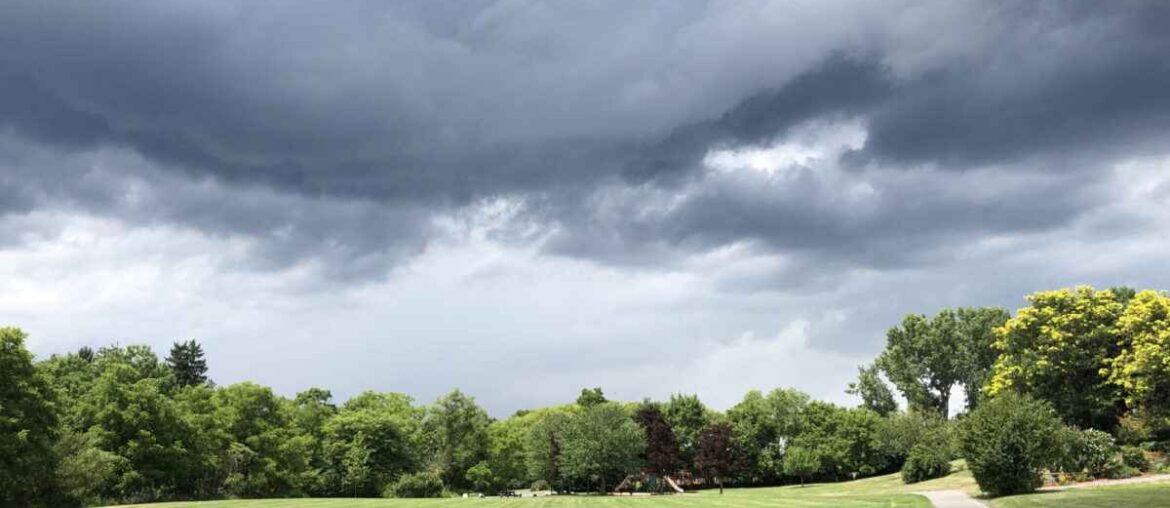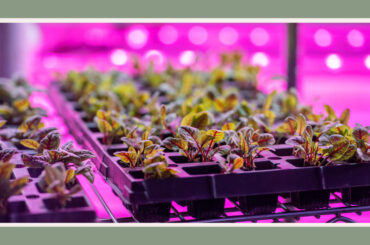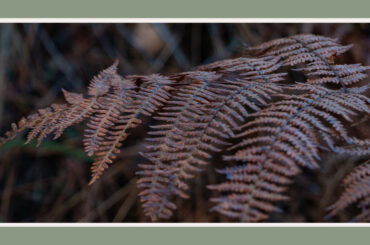Humans have always been fascinated by the weather, especially farmers and those whose livelihoods depend on it. Subsequently, weather forecasting has become an important part of human history. As science develops, meteorologists can now forecast the weather using sophisticated technology such as satellites. Before the use of modern weather forecast devices, people used to utilize everything around them as a weather guide. In addition to gazing at the skies, they used animal, bird, and plant behavior to predict future weather patterns. Yet, many still debate whether plants can actually predict the weather or it is just purely superstition. We are here to find out.
Myths about Plants Predicting the Weather

While we now utilize satellites and advanced technology to anticipate the weather, you may do what farmers and many others have done for centuries. Take a peek at and study the behavior of the plants and floras to predict the weather!
Weather mythology has long played an important role in the Farmers’ Almanac. Long before there were scientific devices to monitor and predict the weather, people relied on the only tool they had: the ability to observe.
Folklore claims that slicing a locally grown persimmon seed in half and examining its form might predict the type of winter to come. A spoon-shaped seed (spoon= shovel) foreshadows a lot of heavy, wet snow. The form of a fork indicates a mild winter with light, fluffy snow. Cold, frosty, windy weather that “cuts” right through you is predicted by a knife.
Tales about plants forecasting the weather arose as a result of individuals noticing patterns in nature and passing those findings down from generation to generation. Whereas we may now just turn on the local news (or open a Farmers’ Almanac) to obtain a weather forecast, our forefathers had to rely on their senses.
The Relationship Between Plants and Weather
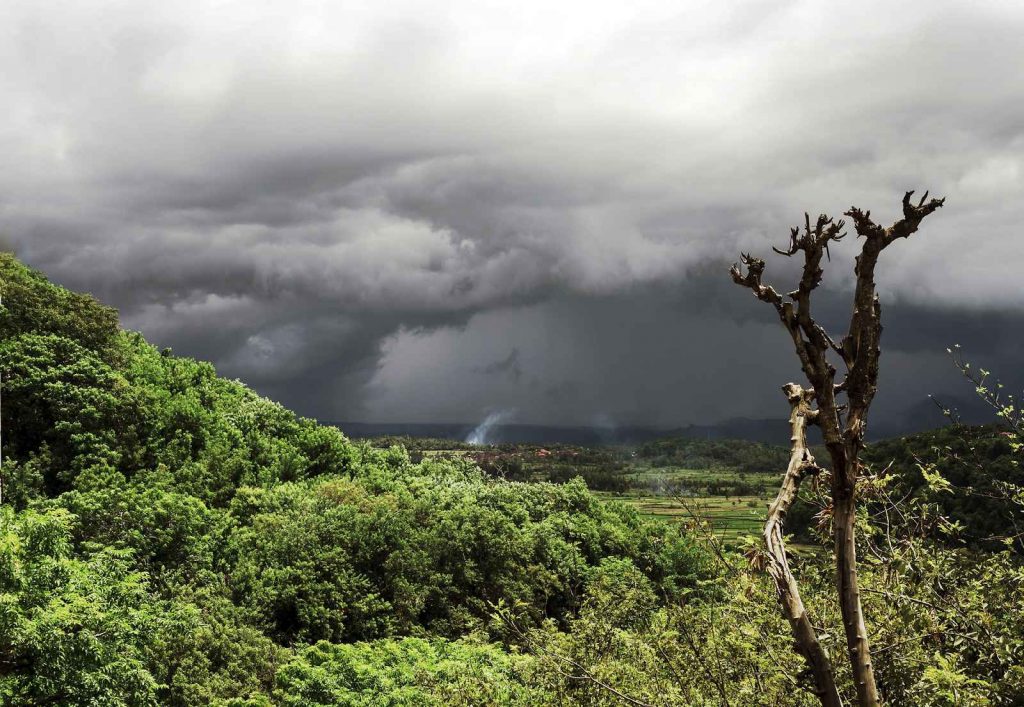
Plants have three key effects on the climate, and hence our weather: they lower temperatures, reduce energy consumption and reduce or eliminate air pollution. From the leaves to the roots, every aspect of the plant contributes to climate management. Therefore, it’s no surprise when we say plants can actually predict the weather.
Leaves assist in lowering the temperature. Evapotranspiration is a technique that allows them to chill the air. A huge oak tree may transpire 40,000 gallons of water into the sky in a single year, despite the fact that it seems to be an unseen process to our eyes.
The energy used inside your house or workplace is reduced by the outside air cooling offered by trees. Strategically placed deciduous trees offer shade that cools buildings during the summer, enables the sun’s warming rays to shine through its branches in the winter, and shelters structures from frigid winds. Urban trees can help reduce the heat island effect that plagues many cities with some forethought.
Capable Plants and Flowers to Predict Weather
Many individuals notice humidity, particularly in their hair (which coils up and becomes frizzy). Look at the leaves of oak or maple trees! These leaves curl in extreme humidity, which usually precedes a big downpour.
The pinecone is one of the most dependable natural weather predictors. These have traditionally been used to predict the weather since their form changes depending on whether it is wet or dry. Pinecones expand out in dry weather as the scales shrivel up and stick out stiffly.
When it is humid, the scales absorb moisture, and the cone returns to its natural form as the scales become more flexible.
It is indisputable, however, that plants do have some amazing capabilities we have yet to discover, like predicting the weather for example. You will most certainly establish your own view on the matter after reading some of the instances provided below.
Scarlet Pimpernel
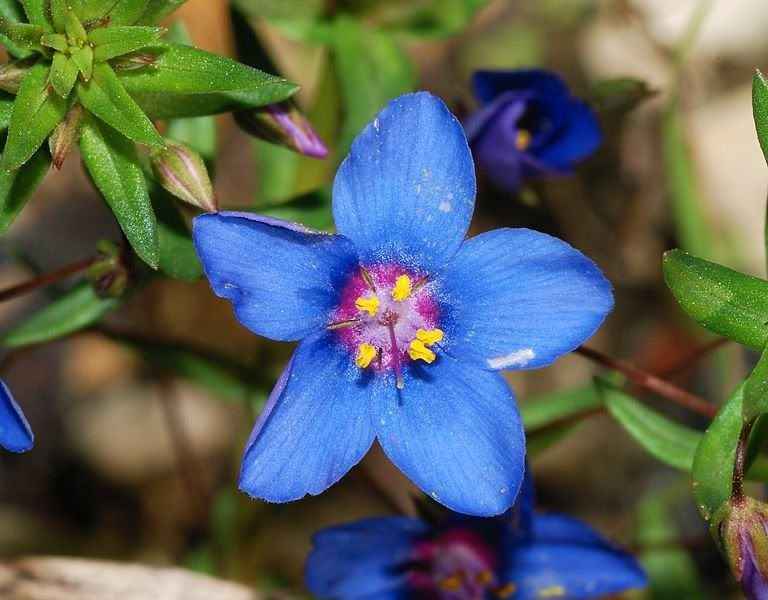
One of these is the Scarlet Pimpernel, sometimes known as the “poor man’s weather glass.” This is due to the fact that it blooms in bright weather but closes firmly when rain is forecast. The pimpernel shuts when the humidity in the air reaches around 80%.
Other plants respond similarly to humidity, and others, such as the rhododendron and laurel, adjust the angle of their leaves in reaction to temperature variations.
Morning Glory

Morning Glory petals behave similarly, with wide-open blossoms signaling great weather and closed petals signifying rain and severe weather. Before the rain, chickweed, dandelions, bindweeds, wild indigo, clovers, and tulips all fold their petals.
Seaweed is frequently utilized as a natural weather forecaster in coastal locations. In good weather, kelp shrivels and feels dry, but in bad weather, it swells and becomes moist. Any truth is most likely derived from the salt that remains on the surface of the plant. Because salt is hygroscopic, it absorbs moisture when the air is humid.
Rhododendrons are exceptional in their capacity to serve as temperature gauges Their leaves begin to unfold as the air temperature rises. Furthermore, they are entirely enclosed when they are at 60 degrees, which is a plus if you want to check the current temperature.
Dew on Grass
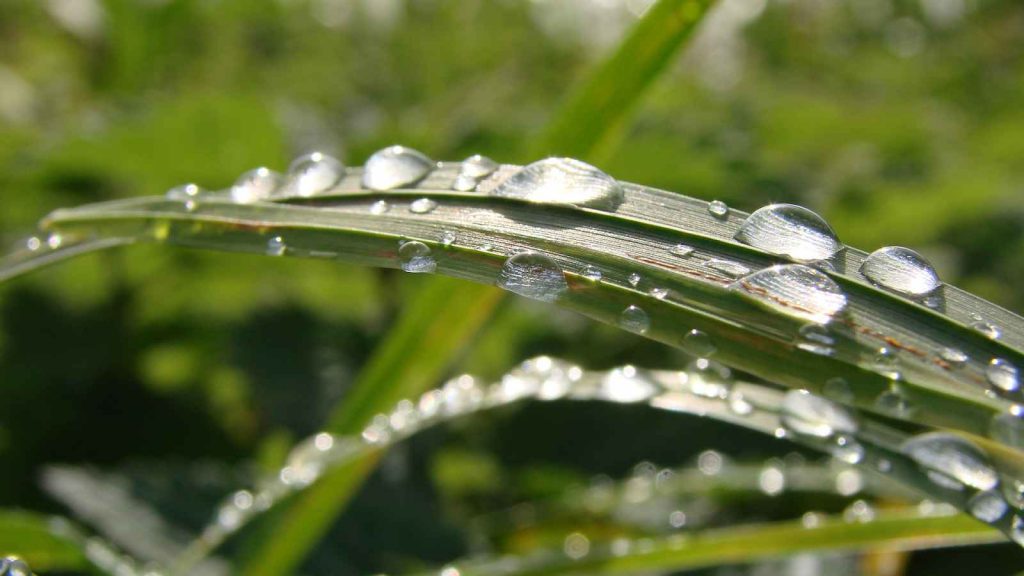
In the morning, look for dew on the grass. If it’s dry, it means that clouds, strong breezes, and rain are on the way. However, if dew is present, it is unlikely to rain. When the sky are clear in warm weather, the loss of surface heat can cause the temperature to drop to the dew point. So, if you see dew on the grass, it usually signals a time of clear weather, at least for a few hours. If it rains throughout the night, this strategy will clearly be unreliable.
Oak Trees

“Before we get a splash of ash, we’ll only get a splash of oak. We’re in for a bath with ash before oak.” According to this proverb, if oak trees leaf out before ash trees in the spring, there will be less rain in the summer.
Because leaf growth in oak trees is initiated by temperature, but ash trees utilize longer days as a signal, they do come into leaves at different times. However, there is no indication that a warmer spring leads to less rain than in summer. What’s more, in humid conditions, oak trees seal their cones, indicating that rain is on its way.
Open Daisies
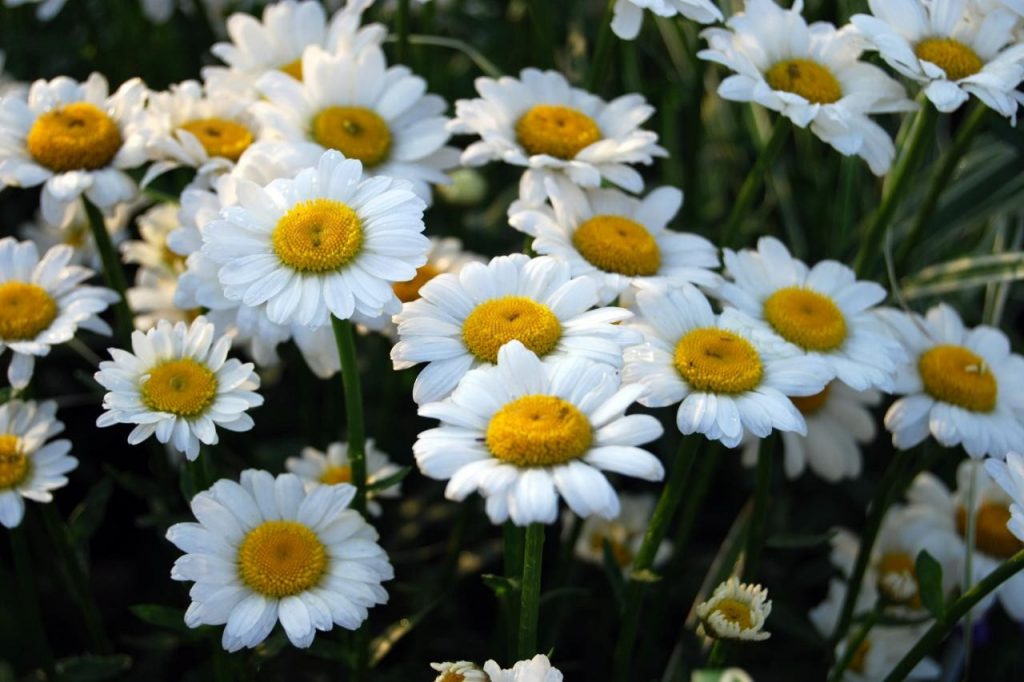
Daisy petals tighten up to avoid allowing a single drop in if rain is on the way, and some even fall downwards. When the weather is nice, they remain open. Because daisies, like many other flowers, always close their petals during the nights. Therefore, this entire “waterproof” reaction system only works during the day.
This opening and closing mechanism are caused by a growing differential between the upper and bottom surfaces of a petal. At warmer temperatures, the top surface develops quicker than the bottom surface, causing the flower to expand up. Low temperatures are caused by dark rain clouds, which encourage the underside to develop quicker and cause the petals to shut up. This is also why they close at night when it is colder.
What about Tree Leaves?
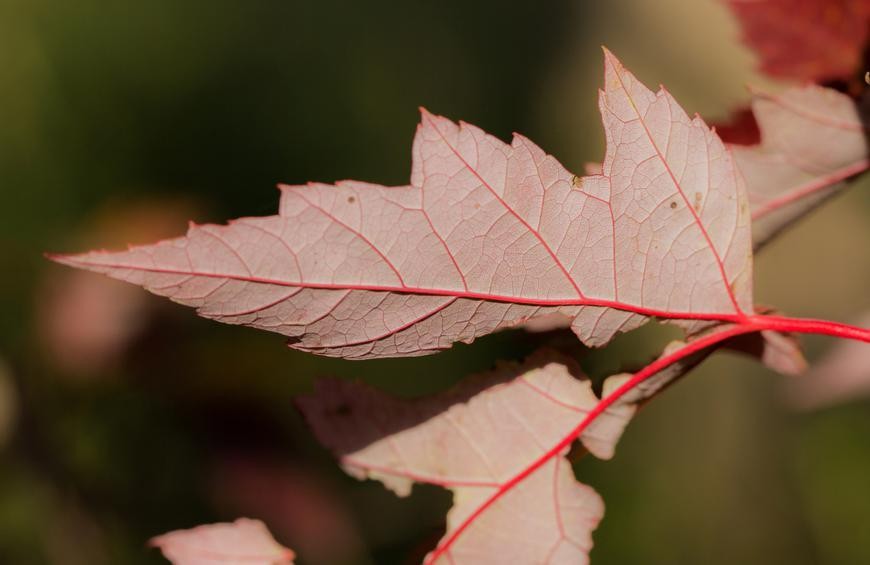
They say when tree leaves reveal their undersides, it is almost certain that rain will fall. Is it true that viewing the undersides of leaves means rain is on its way? In this situation, our forefathers were unquestionably correct.
The tree leaves of various deciduous trees, like the ones belonging to maples and poplars, would typically bend upward, turning upside down before heavy rain. The leaves are really responding to the significant rise in humidity that generally occurs before a storm. Even more so, leaves possessing soft stems will show sights of limping when there are sudden changes in humidity, hence the wind will easily flip them over.
Conclusion
While these plants can’t provide us all the information we need to accurately predict the weather, they can, however, help us identify the sights. And these sights are extremely crucial to meteorologists, and to the average gardener.
Furthermore, planting trees as a solution to global warming can have a positive influence on temperature management. They are even more effective when grown in the tropics, where the temperature is higher than in other regions.
We can see that various plants and flowers have their own sets of abilities. Let’s protect and plant more trees to protect our own future.

